Every year, phones get faster, smarter and more efficient, thanks to the processors inside. If you love your phone’s photography, slow-motion video and face or fingerprint unlocking, it’s because of the chip that powers them. Qualcomm’s next chipset for high-end Android phones, the Snapdragon 865, lays the groundwork for new features your phone could pick up next year.
With Snapdragon 865, you’ll get enhancements like 5G speeds, a 200-megapixel camera, support for a digital driver’s license and features set to make gaming on the phone much closer to the desktop experience. But I also wanted to point out some specific examples from Qualcomm’s Snapdragon Summit of what a future phone could do — as long as your phone-maker turns them on.
Snapdragon 865 chips will start appearing in premium phones in 2020.
Read more: Best portable chargers and power banks for Android devices


Now playing:
Watch this:
Qualcomm unveils Snapdragon 865 processor
3:46
1. Edit 8K video over 5G
Every phone using the Snapdragon 865 will be 5G-ready, and will have the capacity to support up to 8K HD video, which has an ultra-high resolution that translates into very large files.
For example, a 30-second 8K file could take up a 1GB of space. It could take 20 minutes to upload that over 4G, which would make even short 8K video uploads impractical without a fast Wi-Fi connection, running down your battery in the process. With 5G, you’ll be able to upload and edit those videos faster in the cloud, even collaborating with other on video edits while you’re on the go.
The demo I saw was illuminating. In it, a large 8K video is uploaded from the phone to the cloud, shared with another person, who makes edits, and shares it back. You need these ultrafast 5G speeds to make the large amount of data easy to work with.
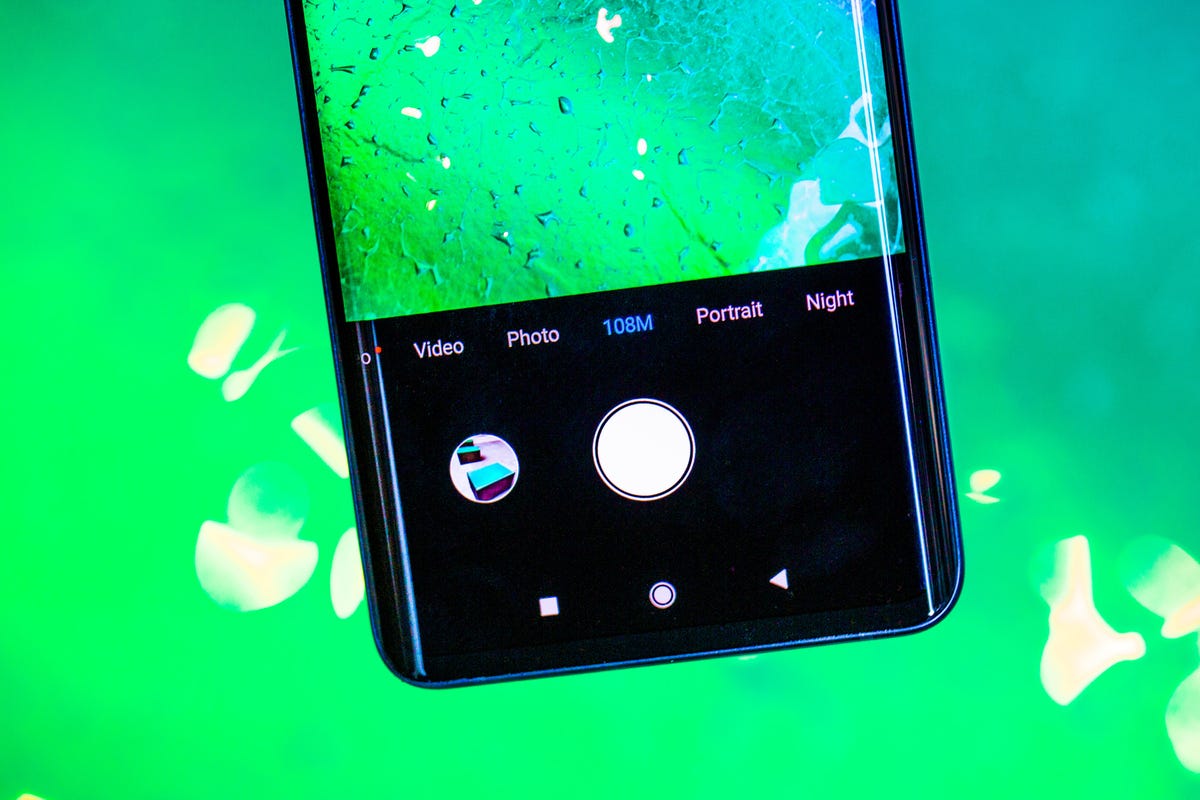

5G speeds can make all those fancy, enormous videos easier to edit and use.
Angela Lang/CNET
2. Two-finger biometric unlocking for your most security-sensitive apps
Qualcomm’s in-screen fingerprint reader that uses sound waves to unlock the phone have had a rocky start, especially as implemented in the Galaxy S10 and Note 10 phones. Now, Qualcomm tries again with the 3D Sonic Max, a fingerprint reader that offers up a much target that’s large enough to register two fingers.
This is meant to be faster to unlock, and more secure when matching up more unique data points in the form of the ridges, valleys and pores unique to your fingers. On phones, you might get the option to set up one or two-finger unlocking, or perhaps choose to use dual-finger authentication for mobile payments only, or select apps like your banking app.
It can also be used to capture your heart rate, which could feed new health apps.
I’m starting to prefer secure face unlock to in-screen fingerprint sensors, but I like this idea as a backup method, or just as another option you can customize how you like.
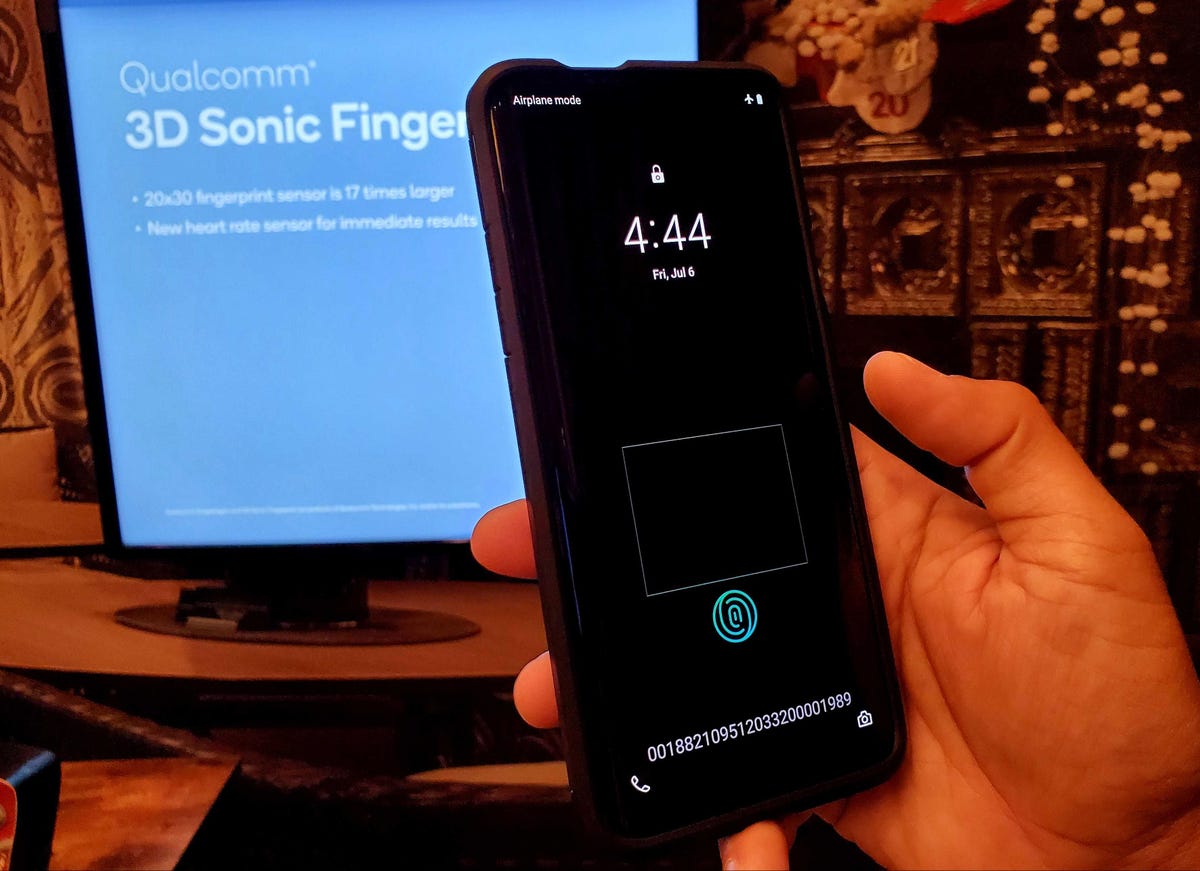

You’ll be able to use two sets of prints to amp up security on your phone.
Jessica Dolcourt/CNET
3. Higher refresh rates mean smoother filters and screen recording
Phones with “fast” screens are becoming more common. The typical 60Hz refresh rate had gotten a boost on some phones to 90Hz or even 120Hz, which makes for smoother graphics well-suited for gaming. But that’s not the only benefit.
The Snapdragon 865 will support screen refresh rates up to 144Hz, which makes gaming, but also all screen animations, much smoother. Scrolling up and down a page is a perfectly good and mundane example, but the non-gaming demo that really drove it home was a Snapchat filter that tracked my face as I examined what I looked like as a “baby” and the gender swap filter that squared out my jaw, thickened my brows and gave me a beard.
Imagine what high refresh rates could do for smoother movements when you’re a passenger in a bumpy car, and video recordings taken from your screen. (Note that higher refresh rates could take a battery toll.)
4. Google Assistant knows where you are just by listening


Your always-listening assistant could do even more.
Juan Garzon/CNET
Your phone is already perked for hot words like “OK, Google” to trigger the assistant. Snapdragon 865 wants to take that a step further with a new sensing hub that can listen to your surroundings and interpret what’s happening.
Imagine that your phone is trained to identify the sound of a baby crying, glass breaking or a gunshot, and then act. Maybe you get an alert to check on the baby, combined with a video from the bedroom monitor.
Or if the phone senses you’re in a subway at your usual commute time and offers you your customary app. Maybe road noise and wind will automatically turn up the volume a notch when you’re on a call.
The sensing hub is also designed to support multiple hot words and add noise suppression to hear you from farther away — without consuming a lot of power.
5. Instant live translation and transcription
Google introduced live video transcription in Android 10, and the Pixel 4’s voice recorder app takes unparalleled transcriptions. But the demo I saw this week was closer to the universal translator of sci-fi lore, a software system that transcribes on the fly in two languages, English and Chinese, without skipping a beat.
In another demo, the phone translated words spoken in English and then played back the translation in Chinese to the recipient. The whole process happens on the fly on the phone itself, and as a person who travels internationally several times a year, I can envision myself using this in taxi cabs and restaurants to reduce any friction from a language barrier on my part.
Yes, Google Translate can already do some of this, even offline. But the accomplishment brings us one step closer to communicating with others more swiftly and comfortably.


What you see on the screen is much more detailed than what’s on the map.
Jessica Dolcourt/CNET
6. Use your phone as a window to the world around you
Mobile app makers have been experimenting with augmented reality for years, from finding businesses around with with Yelp Monocle to Google Maps directions that slap a giant arrow on the phone to tell you where you’re going. The problem is that these features require rapid response to be remotely useful. Faster 5G speeds can help.
The demo I saw featured a 3D map of the world made from wooden blocks. Pass the phone in front of it and an AR experience now makes it an animated world map with Tik Tok videos from certain regions popping up on screen as you sweep the phone by. The idea is to easily view and select popular videos from each geography.
While I’m not sure I’d use this exact app in real life, the artificial reality I saw onscreen did a much more creative and interactive job of surfacing this content than a “flat” list of video titles would.
I hope I’ve given you a glimpse of some of the real-world possibilities that we could experience with phones in 2020. Qualcomm’s job with these demos is to spark the idea — it’s up to the phone-and app-makers to create the specific experiences that we actually use.
Originally published earlier this month.
What 5G can do for you besides fast phone downloads
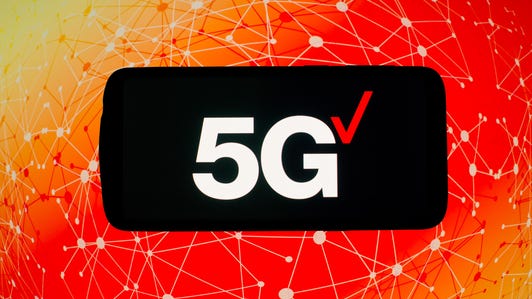

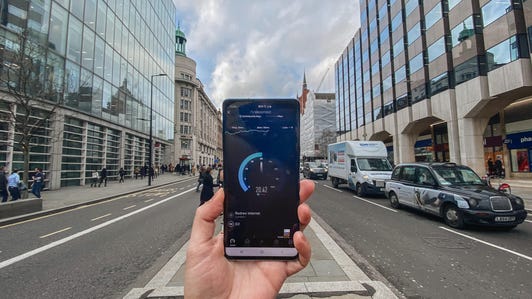

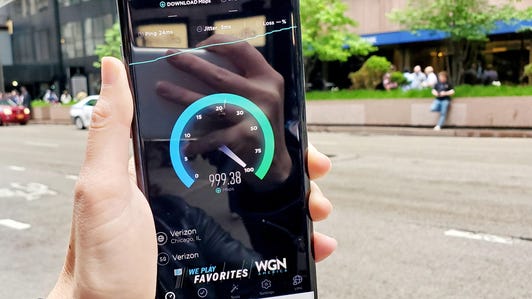

+19 more



